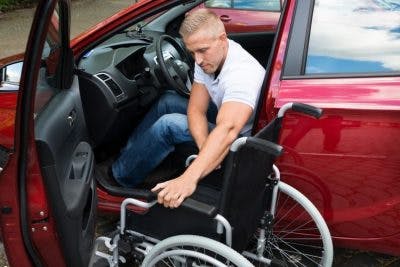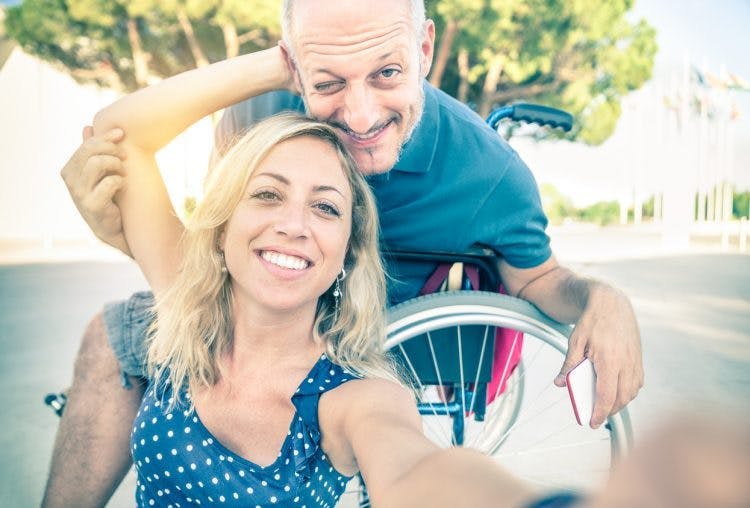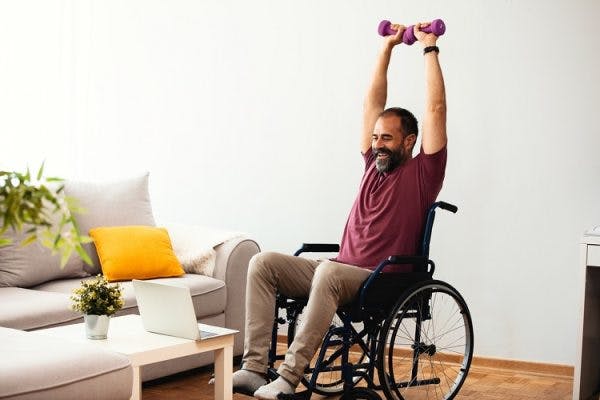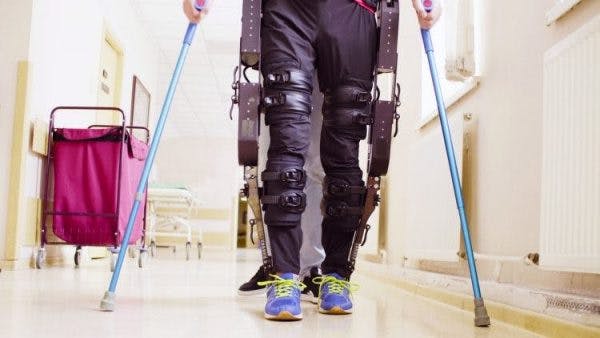While living with paraplegia may require major adjustments, it can also be an extremely rewarding experience.
With the right support and management, individuals with paraplegia may have independent and productive lives.
In this article, we’ll discuss how to cope and establish a new normal after spinal cord injury.
Understanding Paraplegia Recovery Outcomes
Paraplegia recovery outlook depends on many factors. Some (like the intensity of rehabilitation) can be personally managed while others (such as the severity and level of injury) have already been determined.
Because everyone experiences paraplegia differently, it’s essential to take a personalized approach to recovery and not to compare recovery outcomes. What works for one person may not work for another.
It’s also important to understand that individuals with paraplegia may improve years after their spinal cord injury. Thanks to neuroplasticity (the spinal cord’s ability to rewire itself), undamaged pathways in the spinal cord are capable of learning new functions and adapting.
The most effective way to promote paraplegia recovery after an incomplete spinal cord injury is to practice highly repetitive, task-specific movements. This may help the spinal cord perceive a demand for that movement and encourage neural rewiring and strengthening of those connections.
Next, we’ll discuss how occupational therapy may help individuals with paraplegia cope and improve their mobility.
How Occupational Therapy Prepares You for Living with Paraplegia
Occupational therapy is an essential part of paraplegia rehabilitation since it focuses on preparing individuals for the transition back to everyday life.
The challenges of living with paraplegia become more pronounced when you get home.
Ask for help when you need it, but also make an effort to practice the adaptive techniques you learned in occupational therapy. Individuals with paraplegia have fully functional hands and arms, but have limited mobility in their legs.
In the following sections, we’ll discuss how occupational therapy can help individuals with paraplegia care for themselves at home, return back to work, and possibly drive again.
Adapting at Home

While physical therapy for paraplegia recovery focuses on improving mobility through exercise, occupational therapy takes a more holistic approach by adapting activities of daily living.
Activities of daily living include grooming, bathing, toileting, transferring, feeding, and dressing.
Learning new ways to perform everyday activities may involve the use of adaptive tools to replace lost function.
For example, individuals with paraplegia may learn how to use:
- transfer benches to get in and out of the shower
- wheelchairs or walkers for greater mobility
- leg lifters to get in and out of bed
- shower benches to reduce the risk of slipping while bathing
Similarly, an occupational therapist may treat you at home and suggest home modifications that make living with paraplegia easier. For example, those with severe paraplegia may be unable to travel up and down the stairs. In such cases, installing ramps or a stairlift makes the home more accessible.
Returning to Work or School

A major goal of occupational therapy for paraplegia is to help you live your best life as normally as possible, which often involves returning to work or school.
An occupational therapist may help you understand your rights in the workplace and at school. Laws like the Americans with Disabilities Act and the Individuals with Disabilities Education Act (IDEA) are designed to help individuals with paraplegia receive the accommodations they need to succeed.
Examples of reasonable accommodations include:
- Ensuring a wheelchair-accessible environment
- Authorizing a more flexible schedule
- Supplying adaptive equipment
- Providing extra time to complete assignments
If you have a sedentary job, going back to work may not be much different. However, it is your responsibility to ask for accommodations.
If you have a more active job and it isn’t realistic for you to return, consider meeting with your current employer and asking about other positions within the company that you might be a good candidate for.
If you require a career change, consider a vocational rehabilitation program to assess your skills, provide helpful resources, and present potential job opportunities.
Learning How to Drive Again

Another major lifestyle adjustment that an occupational therapist can help you with is learning how to drive with paraplegia.
This will require the help of an occupational therapist who is certified in driving rehabilitation. They will help evaluate your functional abilities to make sure you can safely drive again, recommend car adaptations, and teach you how to use them.
Driving with paraplegia is possible because individuals have normal upper body functions. As a result, they can utilize hand controls to compensate for limited mobility in the legs.
Now that you understand how occupational therapy can prepare individuals with paraplegia for daily life, let’s discuss other ways to cope.
Helpful Tips for Living with Paraplegia

Living with paraplegia may be overwhelming at first, but as long as you’re open to change and continue to practice adaptive techniques, it empowers you to take control of your life.
Here are some tips to help you cope physically, socially, and psychologically:
- Avoid compensatory strategies unless absolutely necessary. While compensatory strategies like using adaptive tools can make it easier to manage life with paraplegia, they can also slow down your recovery. Many people become overly-reliant on compensatory strategies and give up on performing the repetitions they need to promote neuroplasticity.
- Attend psychotherapy. Living with paraplegia is a mental challenge as well as a physical one. Psychotherapy may help you understand your frustrations and learn effective ways to cope.
- Participate in physical therapy regularly. A physical therapist may assess your functional abilities and create a personalized exercise regimen to improve your mobility.
- Join a support group. Joining a spinal cord injury support group can connect you to people that understand what you’re going through. By sharing experiences, you’ll learn new ways to manage complications and understand that you’re not alone.
- Be patient. It takes thousands of repetitions to stimulate neuroadaptive changes in the spinal cord, so trust in the process and keep practicing!
Living with Paraplegia: Key Points
Through occupational therapy, individuals with paraplegia can learn how to care for themselves at home, return to work, and drive again.
Many people with paraplegia learn how to improve their lower body functions through highly repetitive, task-specific training. By consistently practicing weakened movements, individuals may stimulate adaptive changes in the spinal cord.
Hopefully, this article helped you understand what living with paraplegia involves and how to cope. Good luck!
Photos from top to bottom: iStock/ViewApart/AnnaStills/vadimguzhva/AndreyPopov/Antonio_Diaz











